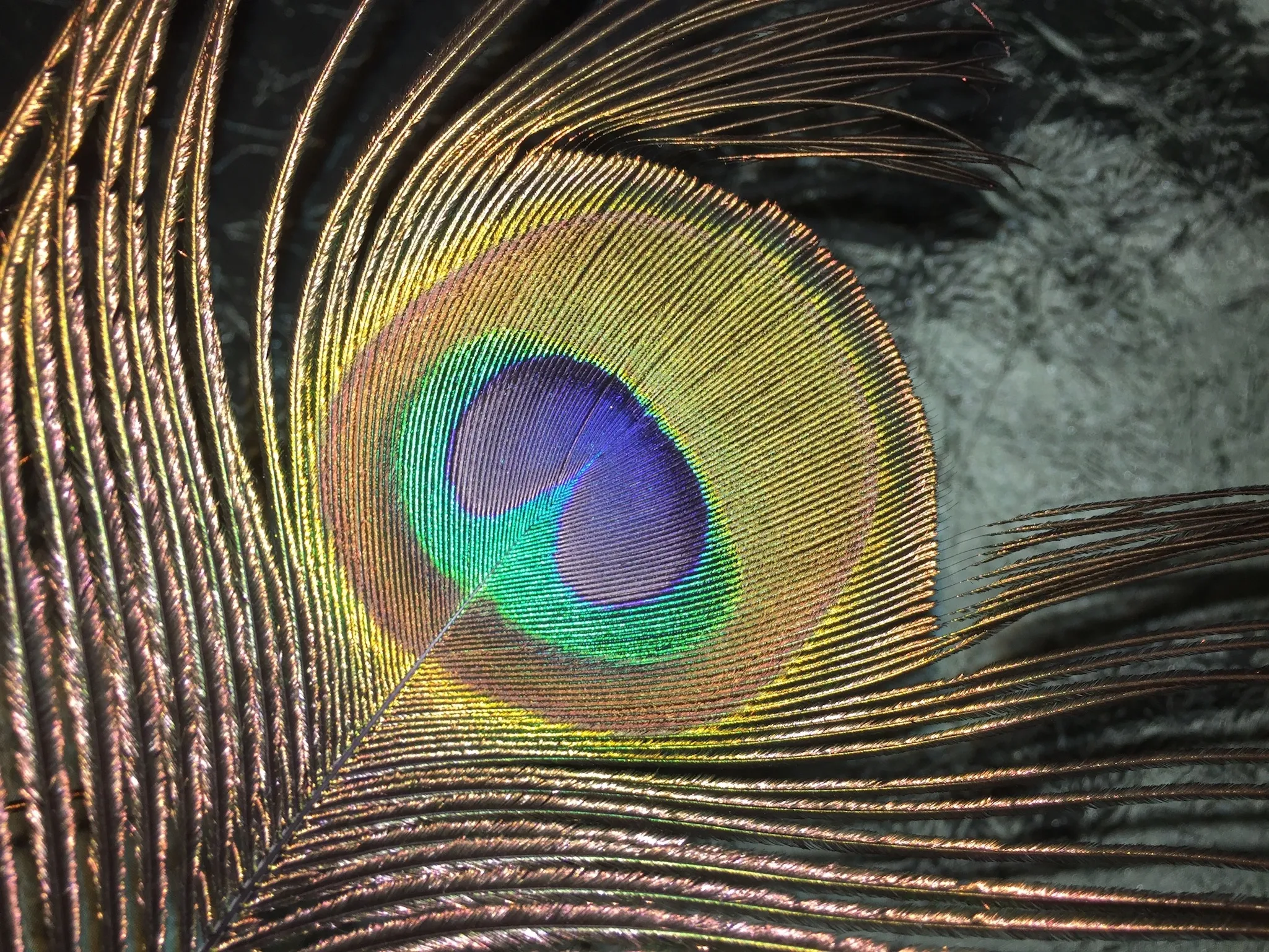
What to do about that pesky phlegm?
Is phlegm an issue for you or someone you know? The obvious phlegm is respiratory – postnasal drip, productive cough, and runny nose. Other ways phlegm can go unnoticed are brain fog, less than par cognitive functioning, called phlegm misting the mind and heart orifices (usually mixed with heat) creating emotional issues like anxiety, insomnia, worrying, mental restlessness, dreams, nightmares, rash behavior, depression, dullness, even palpitations, and mouth sores. It can even cause nodules, cysts, and fatty tumors. At worst, with phlegm fire of the heart could be violence, agitation, shouting, muttering, and even aphasia and coma. That’s for another blog.
Phlegm is definitely something you don’t want to run rampant and be multisystemic. You may have seen my series on quick tips to deal with phlegm on IG or FB.
Firstly, always make sure you’re well hydrated to help transform, thin, and move the phlegm. Dehydration leads to turbidity, thickness, and stickiness promoting phlegm. Ugh!
Digestion is generally the next place to look as the spleen and stomach are dry organs and prefer to stay that way. Consuming cold, raw foods, greasy foods, sugar, and alcohol can contribute to shutting down the digestion, and promotes dampness and phlegm, hindering absorption and promoting turbidity. If unresolved, phlegm can not only affect the respiratory system – think postnasal drip, runny nose, upper respiratory infections, cough, sinus problems – basically attracting and promoting illness and leading to phlegm misting the mind and heart as listed above. Yikes! There’s a great reason to manage it!
Simple dietary changes can greatly improve this. Avoiding/reducing greasy, creamy, and/or sugary foods like dairy, guacamole, burgers, candy, desserts, deep fried foods, and alcohol is a great place to start. You may consider cutting them all out temporally and then slowly adding them back in, paying attention to your bodies tolerance and your phlegm threshold. Acupuncture, acupressure, and guasha are greatly helpful as well as Traditional Chinese Medicine (TCM) herbal formulas. Icy beverages, and cold and raw foods also promote phlegm. Moderate them and see the improvement. In the heat of the summer the body is more likely to tolerate cold and raw foods, and tolerance decreases throughout the rest of the year. Pay attention to what happens when you consume them and moderate from there. Cold congeals. Think Jell-O. That’s your phlegm. Just waiting for the next bug to come along and multiply. 🦠
I like to start in the kitchen with our basic spices and food staples. A regular go to for me is hot water with a cap full of lemon juice and a sprinkle of cinnamon and a sprinkle of ginger. Cinnamon and ginger are warming and moving while phlegm is caused by dampness and stagnation becoming turbid and turning to phlegm. Lemon is cooling and moving and also great for cutting phlegm. It’s great for liver detox as well. The hot water, as you know, will help melt phlegm.
Here’s one to hold your nose for! Clam juice! A word of caution: if you have high blood pressure you would avoid this, as it is quite salty. A shot glass of clam juice or a quarter cup can greatly reduce phlegm. I wouldn’t use this often. I would reserve it for the worst cases of phlegm with heat as clam juice is also cooling.
Next I would add some Acupressure and Guasha. Stomach 36, the longevity point, is a master for many uses. This point has so many benefits! It clears the head, it’s grounding, it boosts the immune system and energy! It is great for any digestive complaint – nausea, vomiting, diarrhea, indigestion, and heartburn. As phlegm’s root goes back to digestion, this is a great place to start. First, use acupressure. You want to use your finger to press on the points. Notice what you feel: tension, tenderness, or achiness. These are all indications that there is congestion, blockage, or stagnation in the channel/meridian. Gently massage and rub the point, increasing firmness as tolerated, and not inflicting pain, stimulating for 2 minutes. Notice what you feel in your body. You can do this several times per day while sitting at your desk at work or anytime that is convenient. I definitely like to use this at work.
Then I would do Guasha down that stomach channel to at least stomach 40 – the phlegm point. There’s no harm in going further down the channel. You can use the knuckle of your thumb, a spoon or jar lid or a guasha tool, typically made of stone, with some oil. Nothing sharp – we don’t want to break the skin. I’ll add a little bit of oil to the shin and then just stroke it down the shin. Sweat in the sauna works great as a lubricant as well. Start with light pressure and increase pressure as the tissue warms and loosens up. We never want to inflict pain. If you experience pain, you’re doing it too hard. Tenderness and achiness indicate stagnation. This is a sign that it needs help. Any acupuncture point that is tender or sore indicates there is congestion or blockage and needs attention. We always want to start gentle and see how it is tolerated. You could experience skin changes where the Guasha is applied, like redness, a purple hue, or even petechiae, similar to the cupping response chart in the last blog. Guasha is moving, clearing, and detoxifying. We all need that right?!
Check out my IG & FB for more Health Tips and Tricks, more about Acupuncture, Chinese Herbal Medicine, Craniosacral, Healing Touch & more. Your support to help further this knowledge sharing is greatly appreciated. Like, Subscribe, Save, Share! The more love you send, the more I create and share. 😀
